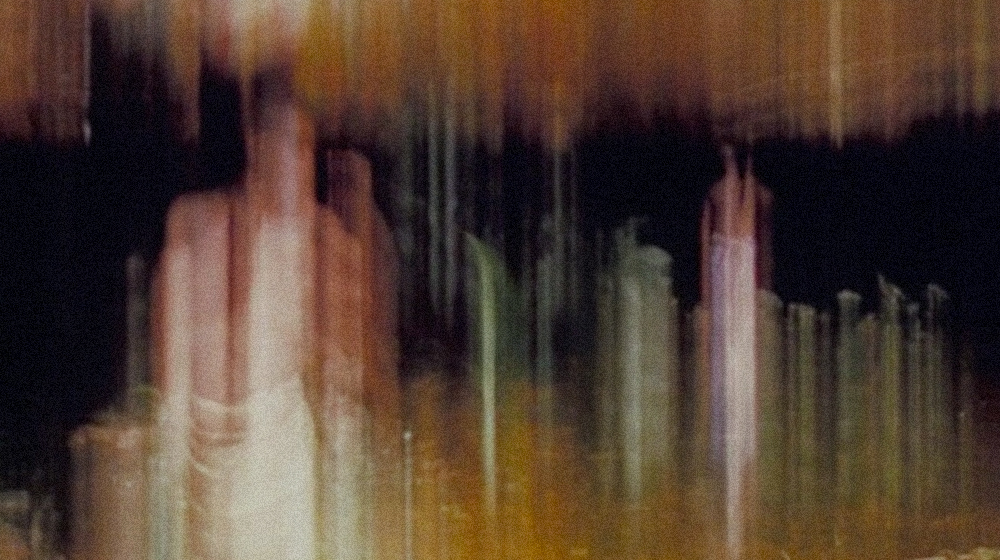What do images actually tell us? What is the meaning of what they show? For a long time, so-called "ethnographic cinema" has used voice-over and other textual devices to "explain" the images of other peoples and cultures. This rhetorical strategy has often been presented as an almost "natural" and unquestionable fact. We know this device has, in many cases, become an ideological device; i.e. a way of imposing an external meaning on images, limiting their autonomy and inherent ambiguity.
The session Ghosts of the Future has been conceived as an irreverent game aimed precisely at questioning the relationship between image and word. For the occasion, the writer Max Besora has created a text freely inspired by a set of ethnographic films shot in Equatorial Guinea in the mid-20th century. The author will read this to us over the images, giving rise to an "ethnographic performance" that aims to be a critical exercise to rethink the use (and abuse) of the word in ethnographic cinema.
Untitled, unknown author, 16 mm, no sound, 3' 44''.
Tocando instrumento de cuerda (Playing a stringed instrument), unknown author, 16 mm, no sound, 48''
Untitled, unknown author, 16 mm, no sound, 3' 43''
¿Selva, cabañas Guinea? (Jungle, Guinea huts?) unknown author, 16 mm, no sound, 3' 50''
Cacería con lanza (Hunting with a spear), unknown author, 16 mm, no sound, 3' 47''
Encendiendo el fuego en Mokú (Lighting the fire in Mokú), unknown author, 16 mm, no sound, 3' 43''
Films from the collection of the Ethnological Museum of Barcelona, deposited at the Filmoteca de Catalunya.
Passagen, Lisl Ponger, 35mm, 12', Original language with Spanish subtitles
Copy courtesy of Sixpackfilm
Digital projections.
